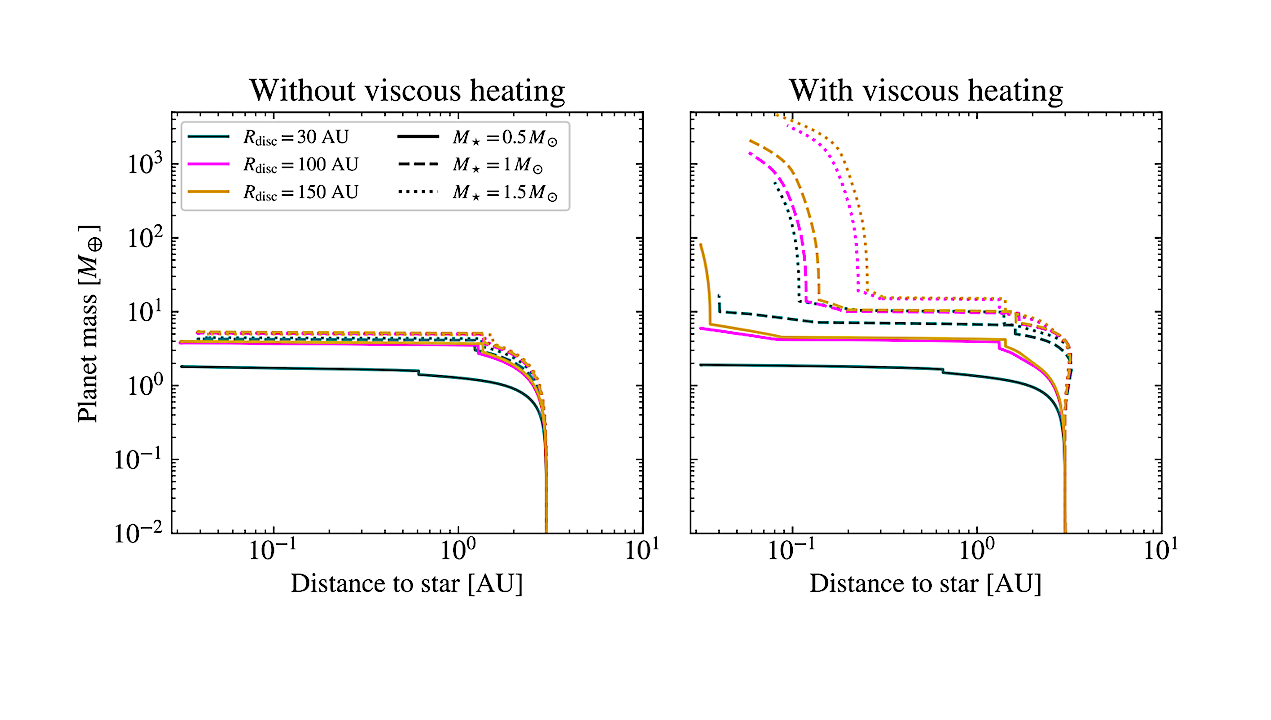High-risk patients with heart failure had an over 40 percent lower risk of hospitalization or death after initiating weight-loss drugs semaglutide or tirzepatide compared to placebo by proxy, according to a study out of Harvard-affiliated Mass General Brigham.
Specifically, researchers looked at heart failure with preserved ejection fraction (HFpEF), a condition where the heart’s ability to pump remains intact, yet the heart’s muscle has become so thick and stiff that the amount of blood being pumped doesn’t meet the body’s needs. This form of heart failure is especially common among people with obesity and Type 2 diabetes.
“Despite the widespread morbidity and mortality burden of HFpEF, current treatment options are limited,” said corresponding author Nils Krüger of the Division of Pharmacoepidemiology and Pharmacoeconomics at Brigham and Women’s Hospital and a postdoctoral research fellow at Harvard Medical School. “Both semaglutide and tirzepatide are well-known for their effects on weight loss and blood sugar control, but our study suggests they may also offer substantial benefits to patients with obesity and Type 2 diabetes by reducing adverse heart failure outcomes.”
By analyzing real-world data from over 90,000 HFpEF patients with obesity and Type 2 diabetes, researchers from MGB demonstrated that GLP-1 medications may significantly reduce the risk of hospitalization due to heart failure and all-cause mortality. Findings are published in JAMA and presented simultaneously at the European Society of Cardiology Congress.
Despite promising results from existing randomized controlled trials of semaglutide and tirzepatide in those with obesity-related HFpEF, regulatory authorities and professional societies have not approved or endorsed the use of these drugs for HFpEF, due in part to the studies’ relatively small sample sizes and unknown generalizability. The researchers therefore used data from three large U.S. insurance claims databases to emulate two previous, placebo-controlled trials of semaglutide and tirzepatide in new study populations that were an average of 19 times larger than those previously evaluated.
The researchers compared the one-year risk of heart failure hospitalization or death in new users of each GLP-1 drug to the risk of those outcomes in a “placebo” group of patients taking sitagliptin, a diabetes drug known to have no impact on HFpEF. After verifying the results of the previous, highly controlled studies, the researchers expanded their study population to make it more reflective of HFpEF cases in clinical practice, finding that overall, the drugs were associated with a greater than 40 percent reduction in heart failure hospitalization or all-cause mortality as compared with sitagliptin. Semaglutide and tirzepatide had similar effectiveness.
Notably, both drugs had acceptable safety profiles. In the future, the researchers hope to clarify the long-term impact of GLP-1 medications, the HFpEF subpopulations that may derive the most benefit from them, and whether the drugs are also effective in reducing other cardiovascular risks.
“By using nationwide data and an innovative methodological approach, our team was able to expand the findings of previous trials to larger populations more representative of HFpEF patients treated in clinical practice,” Krüger said. “Our findings show that in the future, GLP-1 targeting medications could provide a much-needed treatment option for patients with heart failure.”










